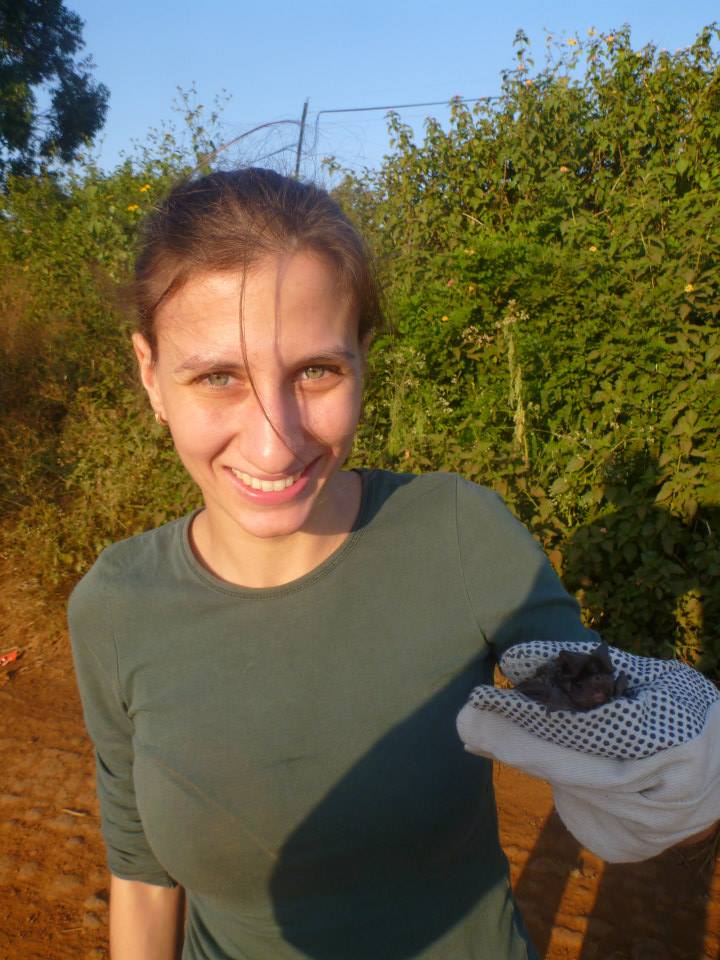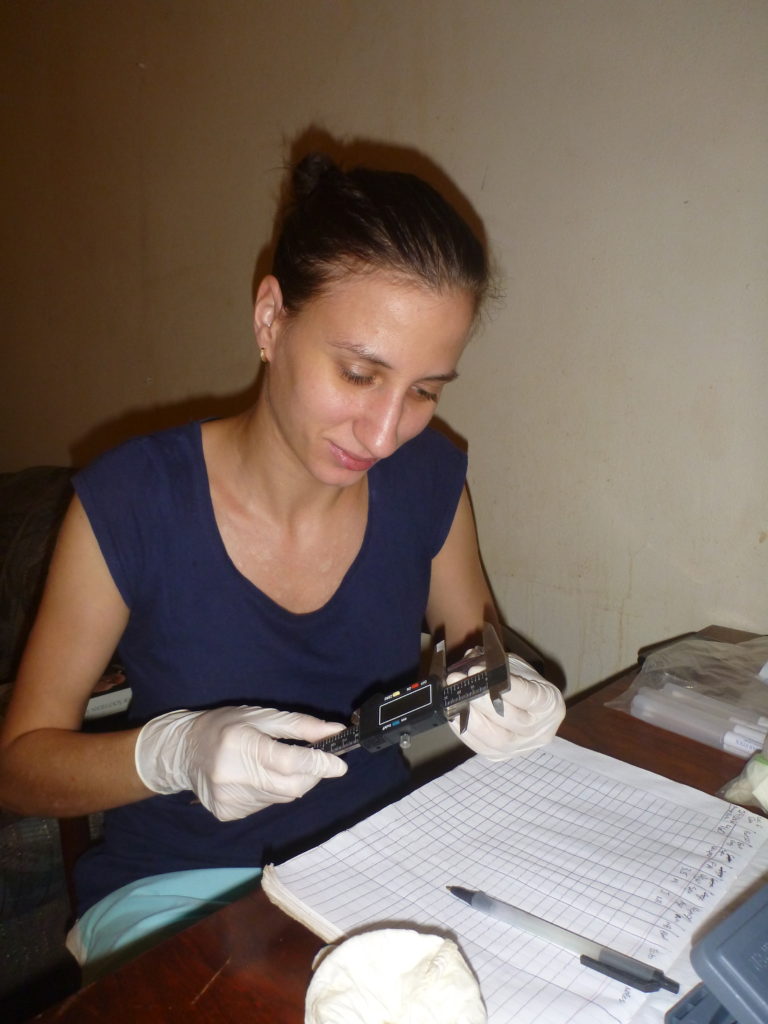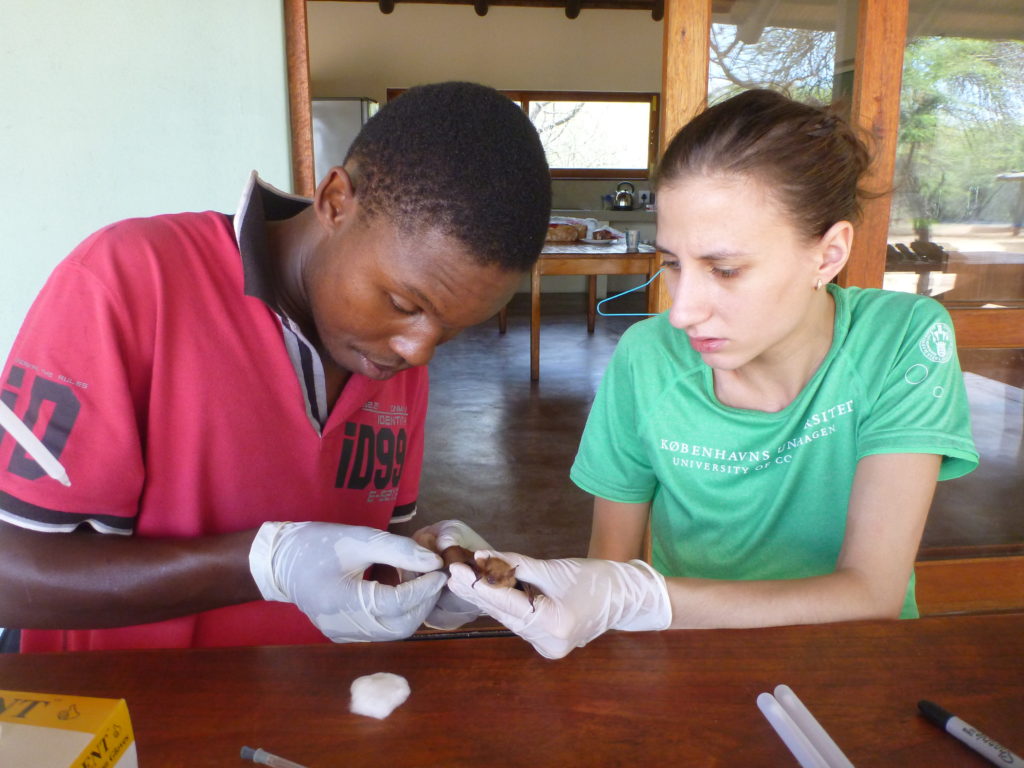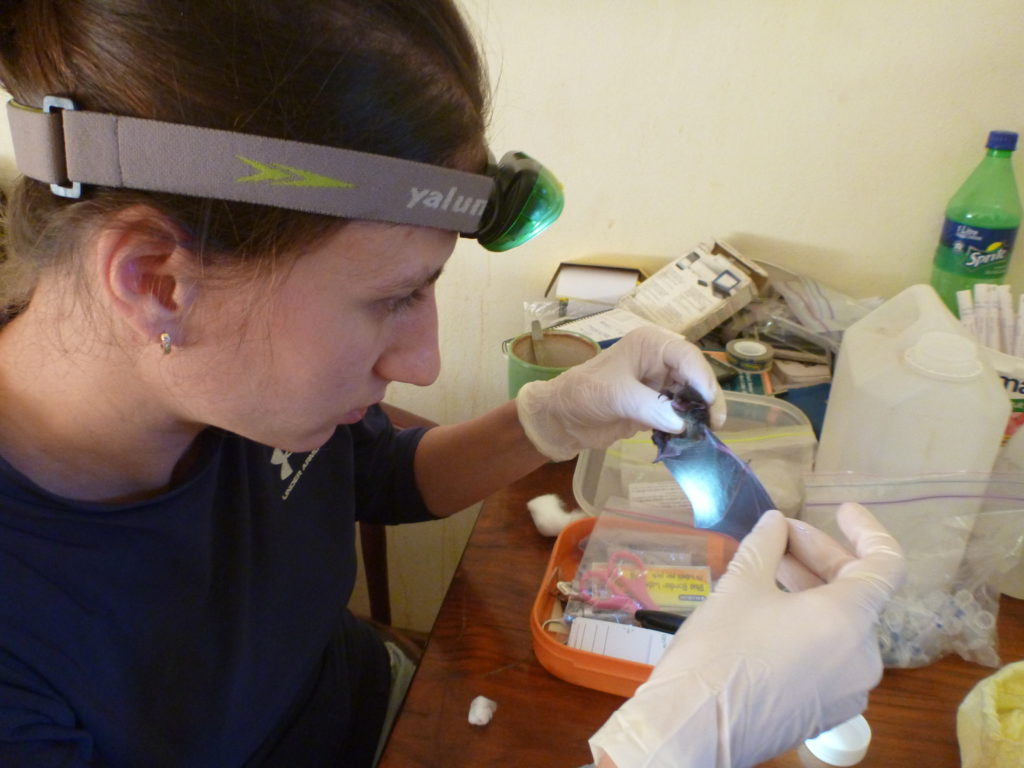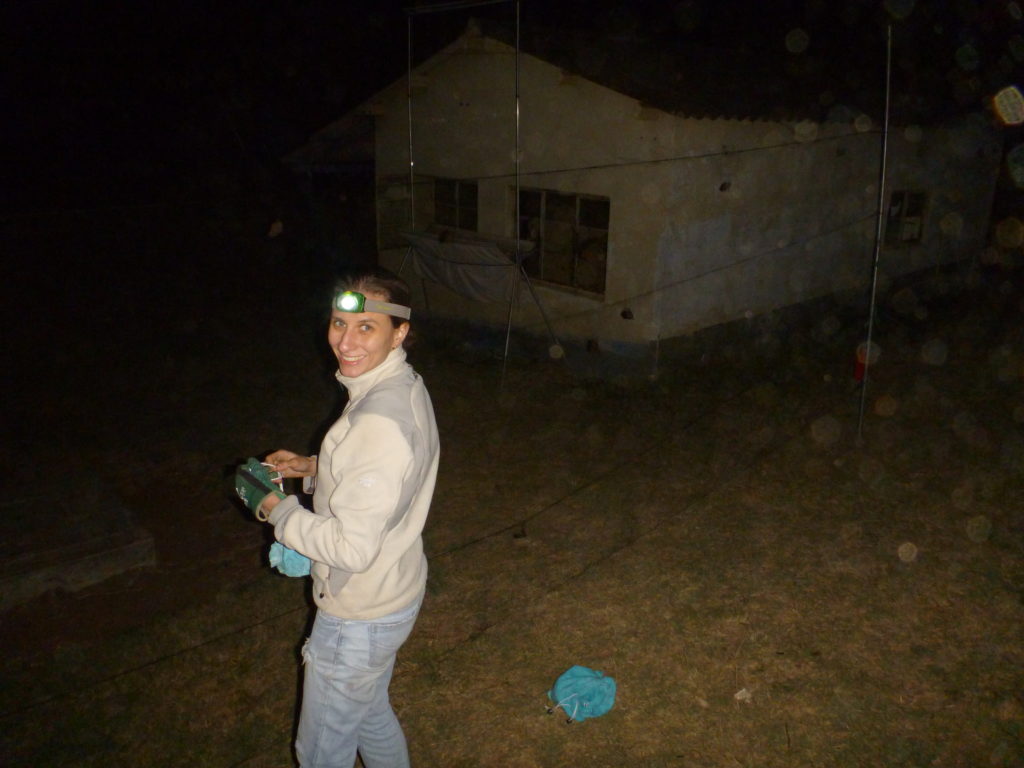For my PhD, I studied the effects of land cover and anthropogenic change on bats’ activity, microbiome, and viral prevalence in northeast Eswatini in collaboration with Prof. Ara Monadjem (University of Eswatini). We made the first record of the Midas free-tailed bat (Mops midas) for Eswatini and the first record of Streblidae bat ectoparasites for Eswatini, along with a review of the status of the ectoparasite genus Raymondia across Africa. I have also collaborated with UnEswa students on studies quantifying the effects of land use on small mammals and birds. As a member of the IUCN Bat Specialist Group, I have authored or co-authored five RedList species accounts for African bats and participated in drafting the IUCN Guidelines and Recommendations to Prevent the Transmission of Covid-19 from Humans to Bats.
Northeast Eswatini is a mosaic of savanna, sugarcane plantations, and rural villages. To understand how these land-cover types affect bats, we measured the activity levels of different types of bats based on how they forage (aerial, edge, and clutter foragers) across the landscape. We found that each type of bat responded to different landscape attributes at different spatial scales. Aerial bats responded positively to savanna fragmentation, especially within sugarcane plantations, edge bats responded to reduced shrub cover and shorter distance to water, and clutter activity was most influenced by water availability in the landscape. This means that maximizing the number of remnant savanna fragments in sugarcane plantations and villages, reducing shrub encroachment, and preserving both natural and artificial water sources can promote the activity of different types of bats across this landscape potentially allowing them to provide important people with ecosystem services such as insect pest control.
Google Scholar | LinkedIn | ResearchGate | Twitter

